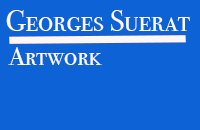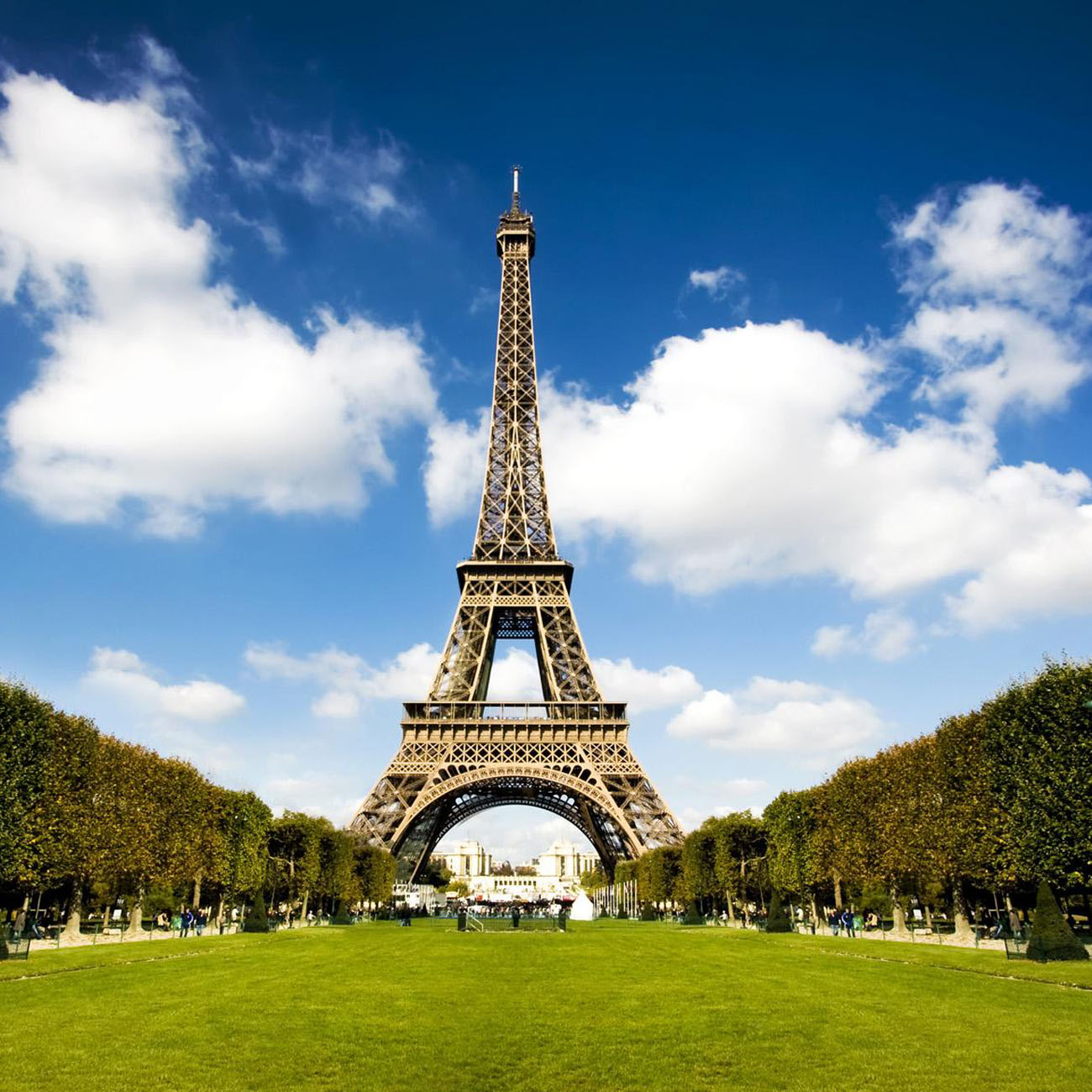Post Impressionism
The term was used in 1906, and again in 1910 by Roger Fry in the title of an exhibition of modern French painters: Manet and the Post-Impressionists, organized by Fry for the Grafton Galleries in London. Three weeks before Fry's show, art critic Frank Rutter had put the term Post-Impressionist in print in Art News of 15 October 1910, during a review of the Salon d'Automne
Predominantly French art movement that developed roughly between 1886 and 1905, from the last Impressionist exhibition to the birth of Fauvism. Post-Impressionism emerged as a reaction against Impressionists' concern for the naturalistic depiction of light and colour.
Post-Impressionists extended Impressionism while rejecting its limitations: they continued using vivid colours, often thick application of paint, and real-life subject matter, but were more inclined to emphasize geometric forms, distort form for expressive effect, and use unnatural or arbitrary colour.
The Post-Impressionists were dissatisfied with what they felt was the triviality of subject matter and the loss of structure in Impressionist paintings, though they did not agree on the way forward. Georges Seurat and his followers concerned themselves with Pointillism, the systematic use of tiny dots of colour.





